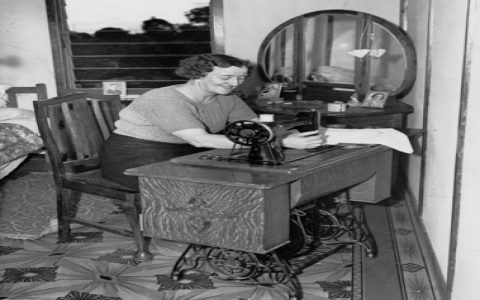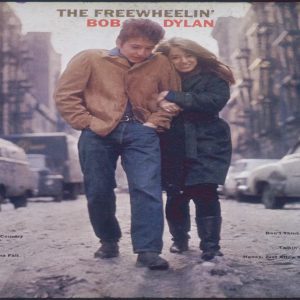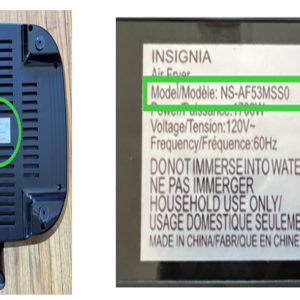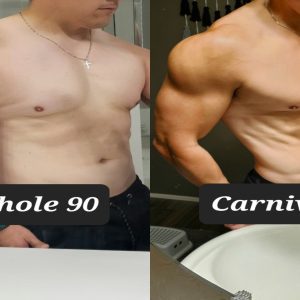Here are step-by-step solutions for common 1960s Singer sewing machine problems:
Thread Bunching Under Fabric (Bird's Nest)
This usually indicates incorrect threading or tension issues.
- Rethread Completely: Lift presser foot. Thread machine meticulously following the precise upper threading path, ensuring thread fully seats in tension discs and take-up lever.
- Check Bobbin Case: Remove bobbin case. Clean lint from bobbin area, case, and tension spring slot with a small brush.
- Rethread Bobbin: Place bobbin in case with thread exiting correctly according to diagram inside bobbin area. Drop-in bobbins (like 403/404) thread counter-clockwise; front-loaders clockwise.
- Adjust Tension: If rethreading doesn't fix, reset tensions. Set upper dial to "4". Sew test fabric. Adjust dial slowly higher if loops on bottom, lower if loops on top.
Skipped Stitches
Often caused by needle or hook timing issues.
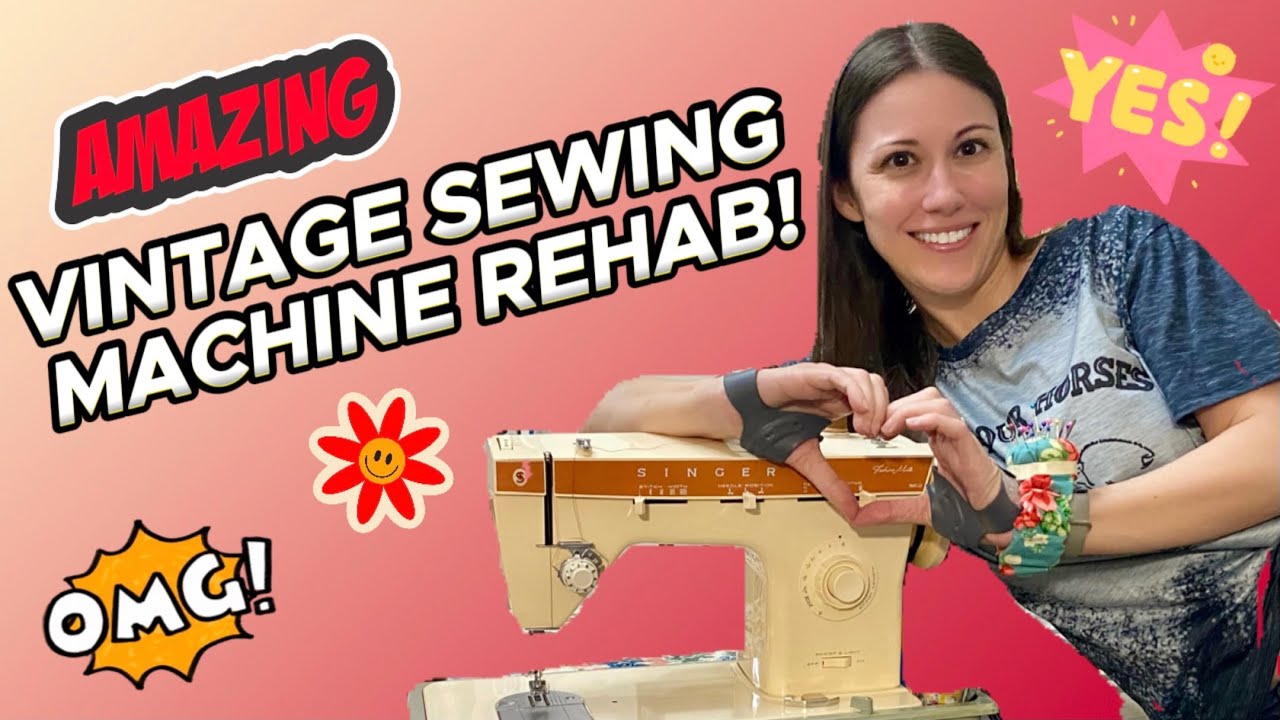
- Replace Needle: Use a fresh 15x1 (2020) needle, correctly installed with the flat side facing the back, fully seated.
- Check Needle Size: Ensure needle size (e.g., 14/90) is appropriate for fabric weight. Avoid dull or bent needles.
- Verify Hook Timing (Advanced): Carefully rotate handwheel towards you. Observe the hook point passing the needle eye 1/16" above it at the highest point. Slight timing adjustment involves loosening the hook drive gear set screw and minutely rotating the gear before retightening. Proceed cautiously.
- Clean Hook Area: Remove needle plate and clean any lint near rotary hook or shuttle.
Machine Runs Slow, Noisy, or Stuck
Indicates binding or lack of lubrication.
- Check Belt Tension: Turn handwheel. Belt should have slight spring (1/4" deflection) at midpoint. Adjust motor position if too tight (strained noise) or too loose (slipping).
- Free Stuck Mechanism: Unplug! Remove needle plate, bobbin case, presser foot. Rotate handwheel slowly by hand. Identify jam point (thread jam common near hook). Carefully cut/remove trapped thread.
- Lubricate: Apply one drop of sewing machine oil ONLY to oiling points shown in the manual (e.g., take-up lever pivot points, hook drive gear shaft, needle bar linkages). Wipe excess oil.
- Avoid Over-Oiling: Excess oil attracts lint and can gum up mechanisms.
Fabric Not Feeding Properly
Usually a presser foot or feed dog problem.
- Adjust Presser Foot Pressure: Locate dial/lever near presser bar. Increase pressure for heavy fabrics, decrease for very light/delicate fabrics.
- Clean Feed Dogs: Remove needle plate. Use stiff brush (toothbrush) to scrub lint/debris from feed dog grooves and teeth.
- Check Feed Dog Height: With feed dogs raised (drop feed lever disengaged), the tops should protrude just above the needle plate surface for fabric grip. Significant wear may require professional adjustment.
- Inspect Presser Foot: Ensure foot is level, securely attached, and appropriate for stitch (e.g., zigzag foot). Bent feet impede feeding.

